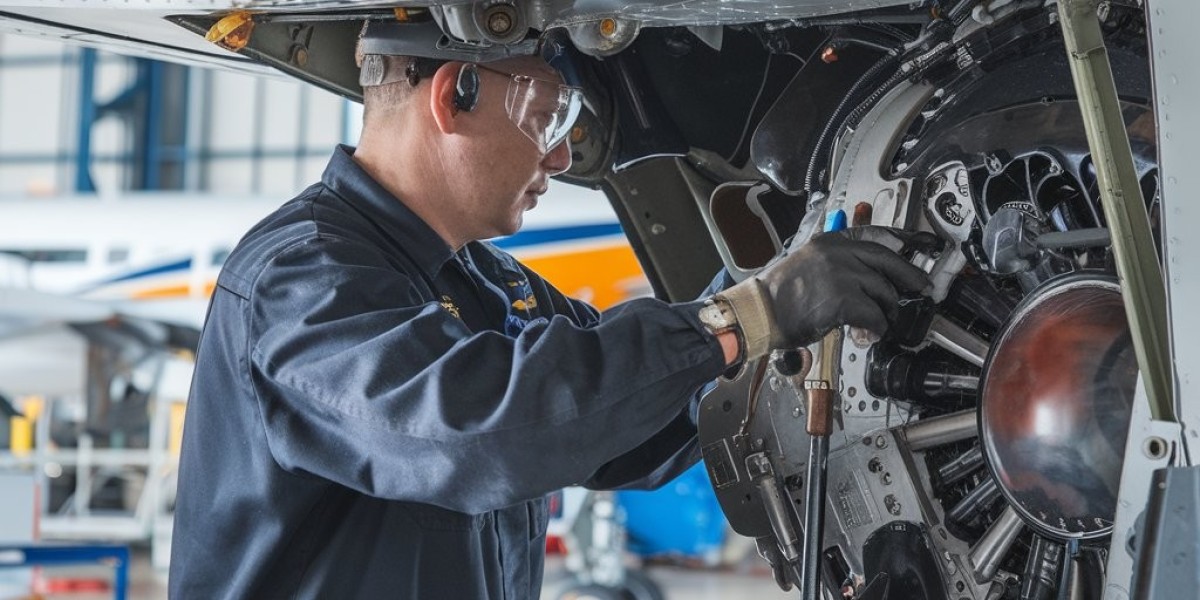Introduction
Aircraft batteries are a crucial component of an aircraft’s electrical system. They power essential systems during engine start-up, act as a backup during in-flight electrical failures, and support critical operations during ground maintenance. If an aircraft battery begins to fail, the consequences can affect not only flight safety but also lead to costly delays and repairs.
Recognizing the early warning signs of battery failure can help aviation professionals maintain operational readiness and prevent emergencies. This article explains the most common indicators of a failing aircraft battery, how to detect them early, and why regular maintenance is essential.
What Is an Aircraft Battery and Why Is It Important?
An aircraft battery stores electrical energy and delivers it when needed. Its primary roles include:
· Starting the aircraft engine or APU (Auxiliary Power Unit)
· Serving as an emergency power source
· Providing power during maintenance or testing on the ground
Popular batteries such as the 501-1712-01 and 100-0201-01 are widely used in aviation for their high performance and reliability. Still, even high-quality batteries degrade over time, and early detection of issues is key to maintaining flight safety.
Early Warning Signs of Aircraft Battery Failure
1. Slow Cranking or Engine Start Delays
If you notice that the engine is taking longer to start than usual, the battery may not be holding a full charge. A sluggish start often means that the battery voltage is dropping under load, which is a critical indicator of wear or internal resistance.
What to do:
Have the battery tested for voltage drop during engine start cycles. Compare results to the manufacturer’s specifications.
2. Frequent Battery Charging Required
Healthy batteries should retain charge for extended periods. If a battery requires frequent charging even after limited use, it might be losing capacity or suffering from sulfation, especially in lead-acid types.
What to do:
Track battery charging cycles. If the interval between charges is shrinking, it may be time for repair or replacement.
3. Swollen, Leaking, or Corroded Battery Case
Visible physical damage to the battery case, including swelling, corrosion around terminals, or electrolyte leakage, is a strong indicator of internal failure. These issues pose both safety and environmental hazards.
What to do:
Immediately remove the battery from service and inspect. Do not attempt to use or recharge a physically compromised battery.
4. Unusual Odors or Excessive Heat
A strong smell (often similar to rotten eggs) or abnormal heat during charging or operation can indicate internal short circuits or chemical breakdown, particularly in sealed lead-acid or NiCad batteries.
What to do:
Discontinue use and inspect the battery using appropriate PPE and tools. Overheating can escalate into thermal runaway, especially in some lithium-based models.
5. Inconsistent Voltage Output
Batteries should deliver a consistent voltage during operations. If the battery shows sudden drops or fluctuating output, it may signal aging cells or internal resistance buildup.
What to do:
Use a voltmeter or onboard monitoring system to track voltage under different loads. Deviation from norms should prompt a deeper diagnostic.
6. Alerts from Battery Monitoring Systems (BMS)
Modern aircraft systems often include BMS features that alert operators when battery performance deviates from expected parameters. Do not ignore these alerts, even if the battery seems to operate normally at the time.
What to do:
Investigate alerts promptly and record battery performance data for ongoing tracking.
Key Causes of Aircraft Battery Failure
Understanding the reasons behind these warning signs can help prevent future failures. Common causes include:
· Overcharging or deep discharging
· High ambient temperatures
· Age-related capacity loss
· Mechanical shock or vibration
· Inadequate maintenance or inspection routines
Importance of Routine Battery Maintenance
Routine maintenance practices are essential for extending battery life and ensuring optimal performance. These practices should include:
· Visual inspections for leakage or corrosion
· Capacity testing to measure real charge-holding ability
· Load testing under operational scenarios
· Battery cycle logs to monitor usage history
Aircraft batteries like 501-1712-01 and 100-0201-01 benefit significantly from well-documented and scheduled checks, which can often reveal small issues before they escalate.
Repair vs. Replacement: What’s the Right Step?
If early signs of battery failure are detected, aviation technicians must decide whether to repair or replace the unit.
· Repair is possible if the battery still holds a significant charge, and the issue is minor, like terminal corrosion or electrolyte imbalance.
· Replacement is necessary when the battery no longer meets performance standards or poses safety concerns due to physical damage or chemical degradation.
Choosing between repair and replacement should involve consultation with certified maintenance providers and reference to manufacturer guidelines.
How to Prevent Aircraft Battery Failure
Here are proven strategies to prevent aircraft battery issues:
· Adhere to scheduled maintenance protocols
· Use only OEM-approved charging equipment
· Monitor environmental storage conditions
· Document every charge/discharge cycle
· Rotate or cycle spare batteries in storage regularly
FAQ: Aircraft Battery Health and Maintenance
Q1: How often should aircraft batteries be tested?
Most manufacturers recommend testing every 3 to 6 months, depending on usage and battery type.
Q2: What is the typical lifespan of an aircraft battery?
It varies—lead-acid batteries may last 2–5 years, while lithium-ion models can exceed 7 years with proper care.
Q3: Can I use a car battery tester on an aircraft battery?
No. Aircraft batteries have different performance requirements and should only be tested with aviation-approved tools.
Q4: Is it dangerous to fly with a partially failing battery?
Yes. It may affect critical operations such as avionics, navigation, and emergency power systems.
Conclusion: Prioritize Safety by Recognizing Early Battery Failure Signs
Aircraft battery failure is preventable with the right knowledge, vigilance, and maintenance strategy. By recognizing symptoms like slow starts, voltage instability, and physical damage, you can address problems early and avoid in-flight emergencies or costly delays.
Trusted battery models like 501-1712-01 and 100-0201-01 offer high reliability, but they still require regular checks to ensure optimal performance. Don’t wait for a complete failure—detect issues early and act promptly for the safety of your crew and aircraft.






